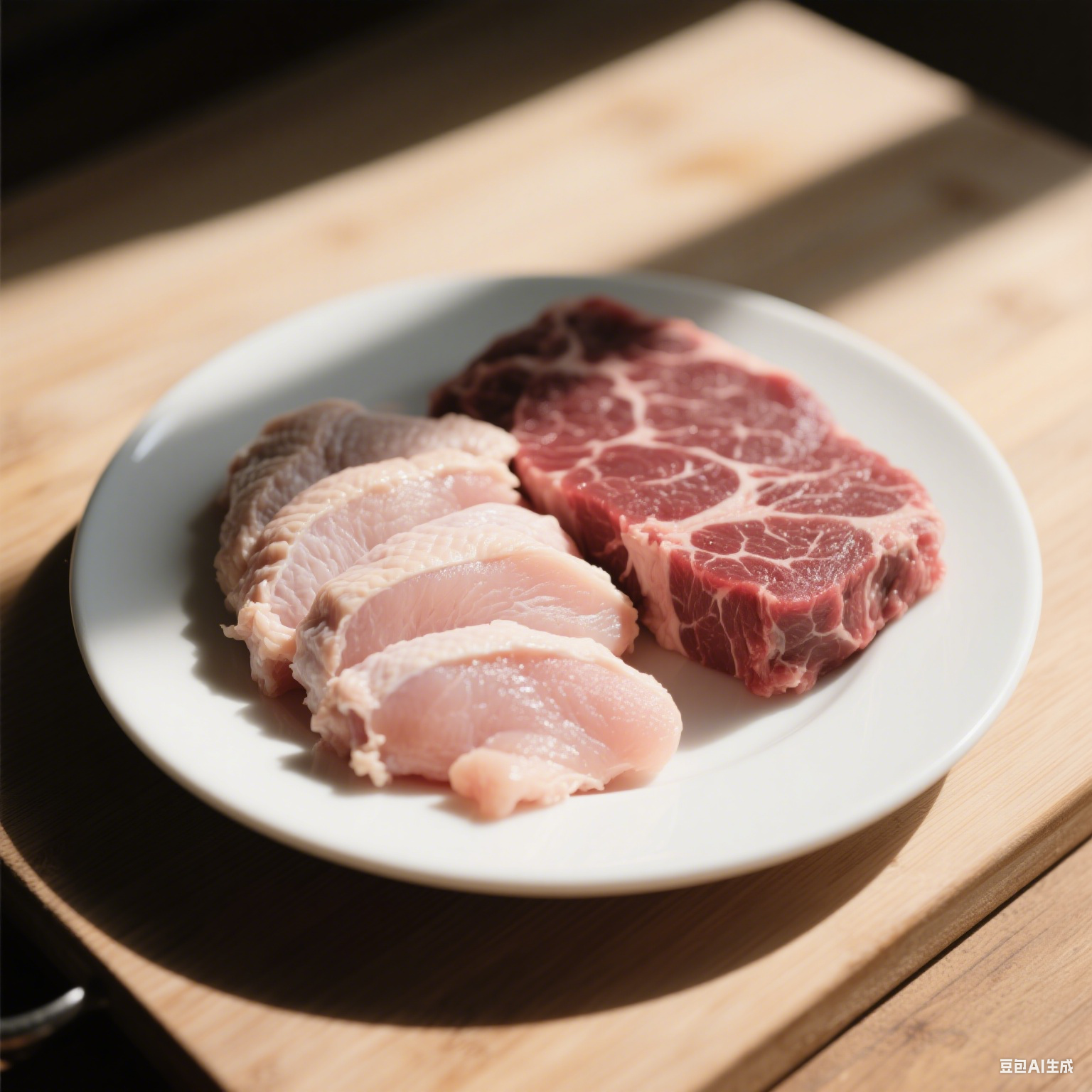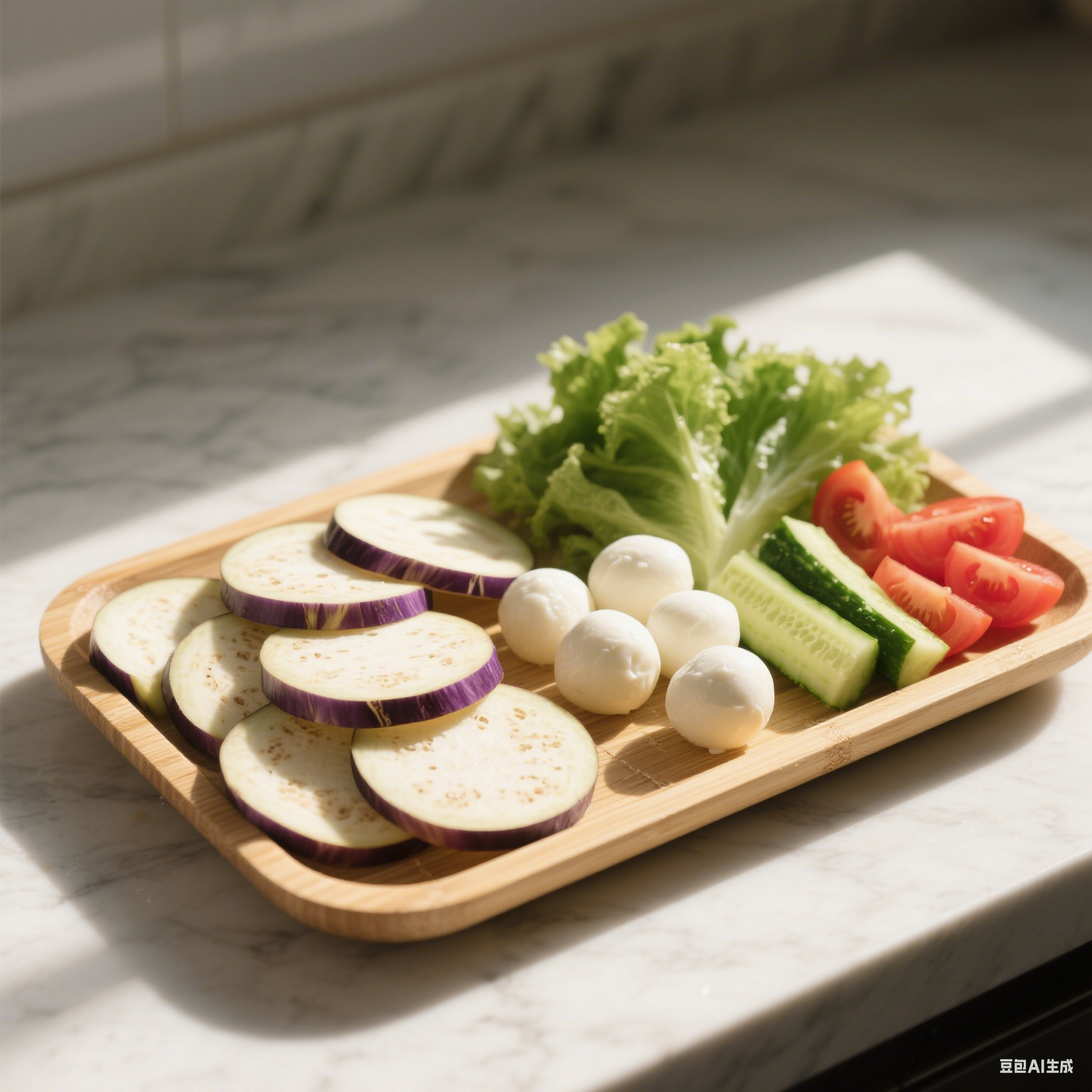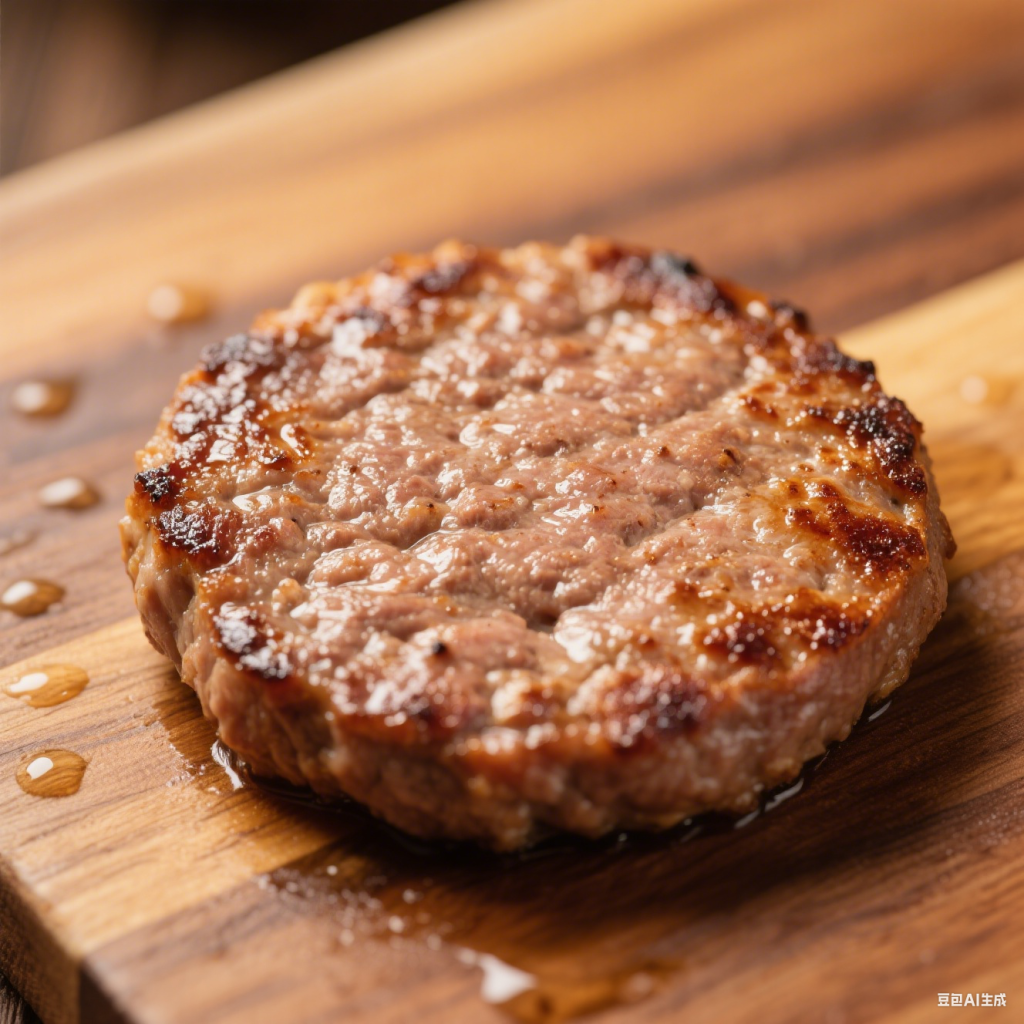- Home /
- solutions /
- meat product processing /
- Burger patty
HOW TO MAKE BURGER PATTY
Hamburger Patty Production Process & Equipment
Raw Material Receiving & Storage:
Process: Frozen or chilled beef trimmings (typically lean and fat components like chuck, round, brisket) are received, inspected, and stored.
Equipment: Receiving docks, scales, refrigerated/frozen storage rooms (-18°C / 0°F for frozen, 0-4°C / 32-39°F for chilled), pallet jacks/forklifts.
Primary Grinding (Coarse Grind):
Process: Large chunks of meat/fat are reduced in size to prepare for mixing and final grinding. Often done while partially frozen for better texture control.
Equipment: Coarse Grinder (Primary Grinder) with large diameter plates (e.g., 8-13mm / 0.3-0.5 inch holes). May be fed via Conveyor Belts or manually.
Blending & Mixing:
Process: The coarsely ground meat is mixed with seasonings (salt, pepper, spices), binders (like breadcrumbs, rusk, soy protein – if used), and water/ice. Ice is crucial for maintaining low temperature (below 4°C / 39°F) during mixing to prevent fat smearing and ensure food safety. Mixing develops protein extraction (“bind”) for structure.
Equipment: Mixer/Blender (Batch Mixer or Continuous Mixer). Common types include Ribbon Blenders, Paddle Mixers, or Continuous Mixing Systems. Ingredient Feeders/Scales for accurate addition of spices/binders. Ice Flakers/Ice Maker.
Final Grinding (Fine Grinding):
Process: The blended mixture is ground to the final desired texture using a finer plate.
Equipment: Fine Grinder (Secondary Grinder) with smaller diameter plates (e.g., 3-5mm / 0.1-0.2 inch holes). Often fed directly from the mixer via Pumps or Conveyors.
Forming/Pressing:
Process: The ground meat mixture is portioned and shaped into individual patties of consistent weight, size, and thickness. This is the core of patty production.
Equipment: Automatic Patty Forming Machines (Patty Formers). These machines:
Hopper: Holds the ground meat.
Auger/Filler: Pushes meat into forming cavities under pressure.
Forming Plates/Cavities: Metal molds that shape the patty. Interchangeable for different sizes/weights.
Knock-Out System: Ejects the formed patty onto the conveyor belt.
Control Panel: Sets weight, thickness, and speed.
Cooking (Optional – for pre-cooked patties only):
Process: Patties are fully or partially cooked using methods like grilling, frying, or oven baking. Note: Most frozen retail patties are sold raw; cooking is primarily for foodservice ready-to-use patties.
Equipment: Grills, Flat Tops, Fryers, Impingement Ovens, or Continuous Cooking Lines (e.g., belt grills). Thermometers/Probes to ensure core temperature is reached.
Freezing (IQF – Individually Quick Freezing):
Process: Patties are rapidly frozen individually to preserve quality, texture, and prevent them from sticking together in the bag.
Equipment: Spiral Freezers, Tunnel Freezers, or Cryogenic Freezers (using Liquid Nitrogen or CO₂). Conveyor Belts move patties through the freezer.
Metal Detection / X-Ray Inspection:
Process: Every patty or batch passes through a device to detect any potential metal contamination (from grinder plates, machine parts, etc.) or other foreign objects (bones, plastic, stone via X-ray).
Equipment: Metal Detectors and/or X-Ray Inspection Systems. Often integrated into the conveyor line after freezing.
Weighing & Portion Control (Check-weighing):
Process: Random patties or entire packages are weighed to ensure they meet the specified weight requirements.
Equipment: Check-weighers integrated into the line or standalone Scales.
Primary Packaging:
Process: Frozen patties are counted and placed into their primary consumer packaging (plastic trays with film overwrap, flow-wrap bags, vacuum-sealed bags). Modified Atmosphere Packaging (MAP) might be used.
Equipment: Automatic Packaging Machines (Flow Wrappers, Tray Sealers, Vacuum Packers). Counting Scales or Vision Systems for accurate patty counts.
Case Packing / Secondary Packaging:
Process: Primary packages are grouped into shipping cases (cardboard boxes).
Equipment: Case Packers (Automatic or Semi-automatic), Case Sealers (Tapers or Gluers), Label Printers/Applicators for box information (Lot code, Best Before date, weight).
Palletizing & Cold Storage:
Process: Sealed cases are stacked onto pallets for secure shipping and moved to frozen storage until distribution.
Equipment: Palletizers (Robotic or Conventional), Forklifts, Pallet Jacks, Frozen Storage Warehouses (-18°C / 0°F or below).
Key Supporting Systems Throughout the Factory:
Conveyor Systems: Move product between stages.
Chillers/Refrigeration: Maintain cold chain during processing before freezing.
Compressed Air Systems: Power pneumatic components on machines.
Water Treatment/Steam Systems: For cleaning (CIP/SIP) and possibly cooking.
Control Systems (PLC/SCADA): Automate and monitor the production line.
CIP (Clean-In-Place) Systems: For automated cleaning of mixers, grinders, pipelines.
Utensils & Hand Tools: For manual interventions, cleaning, maintenance.
This streamlined process ensures efficient, high-volume production of consistent, safe hamburger patties ready for distribution.




